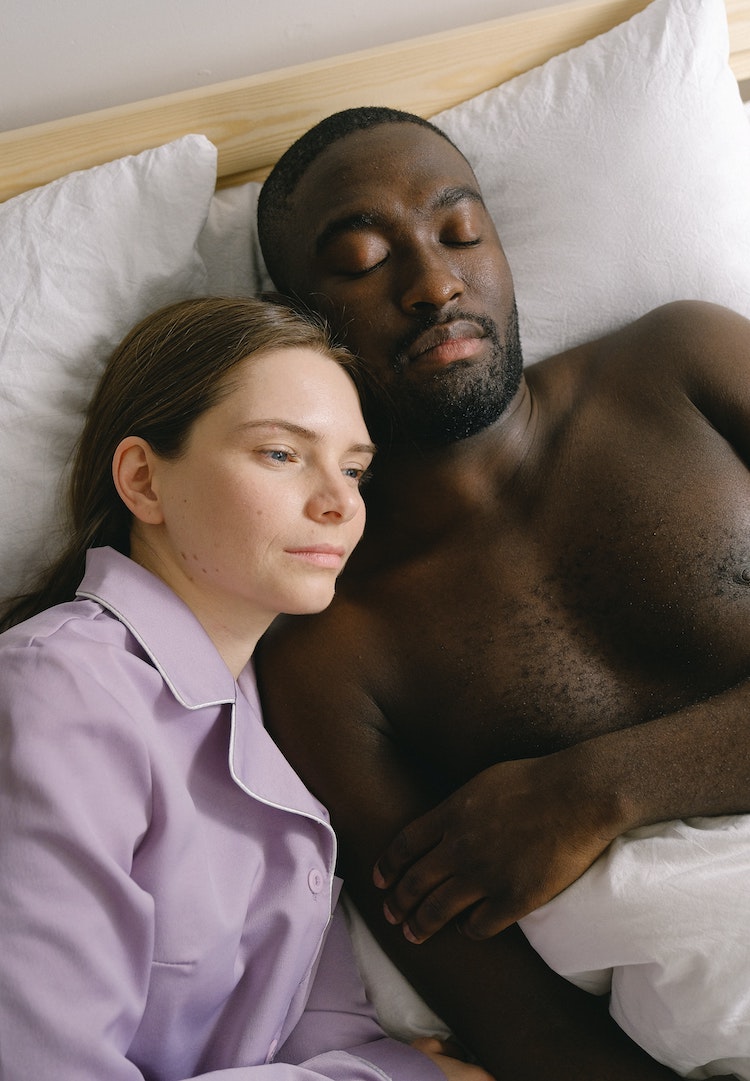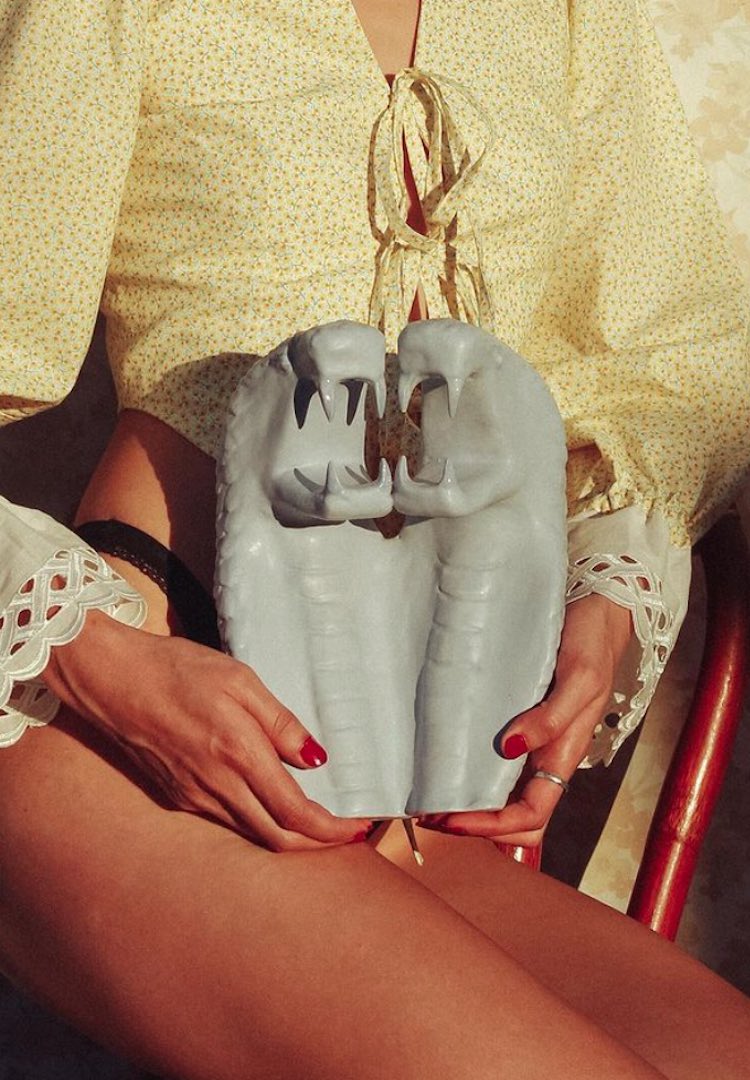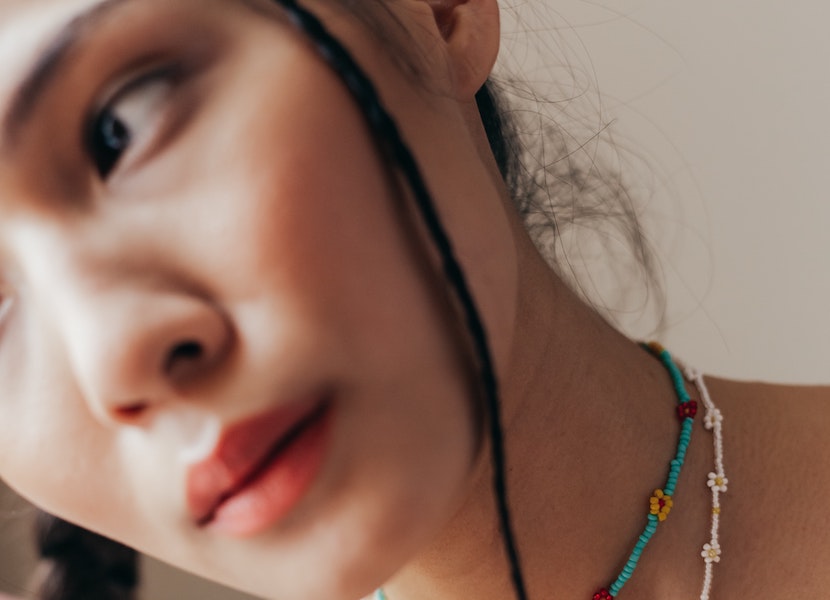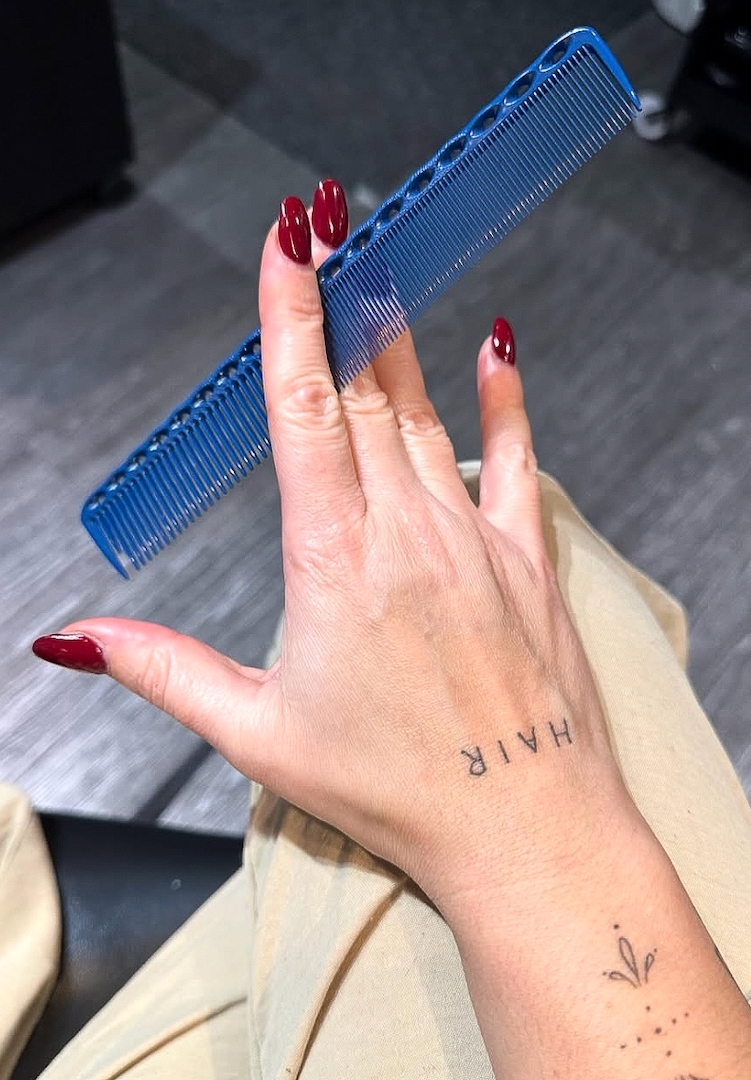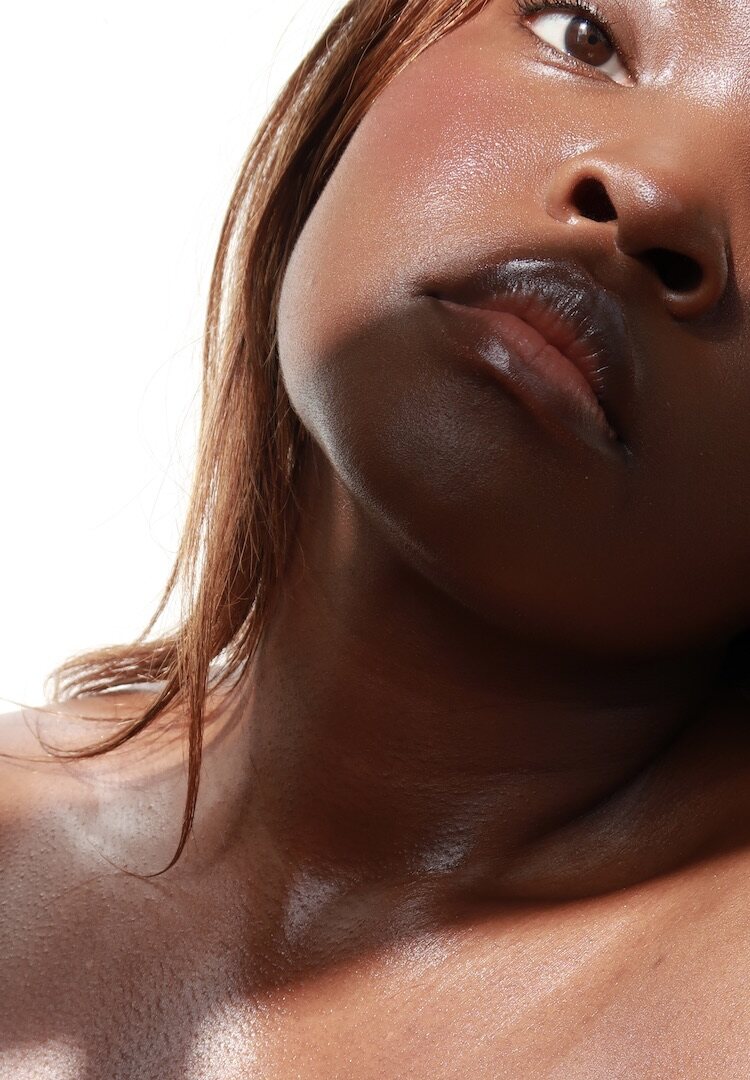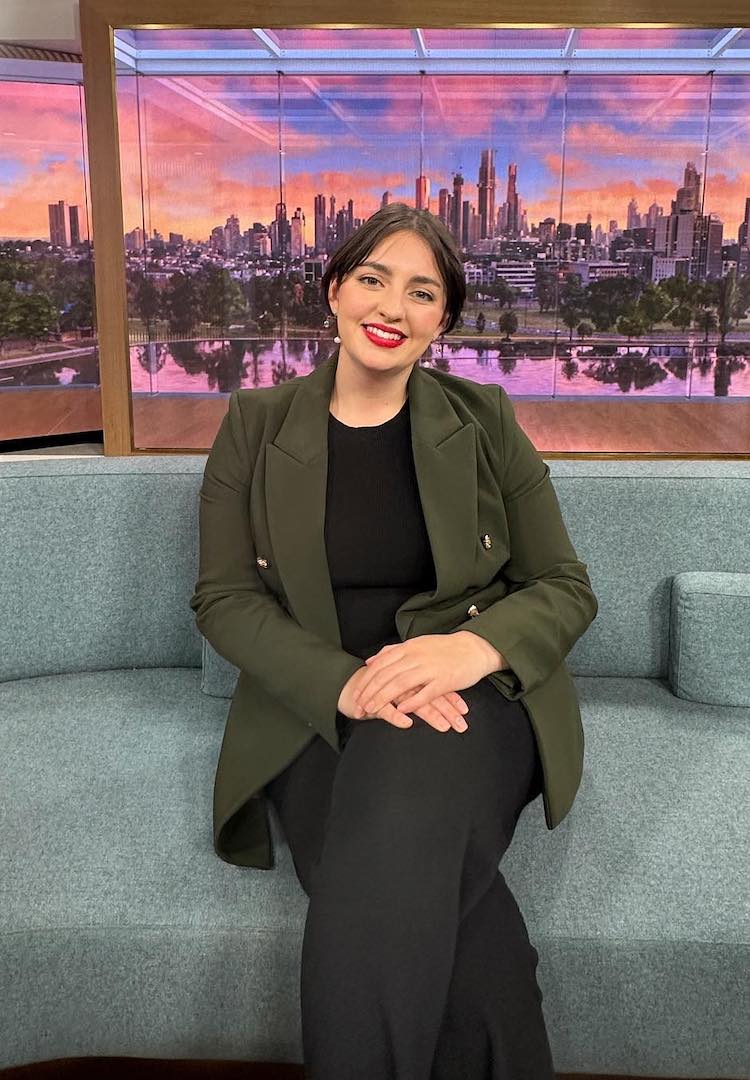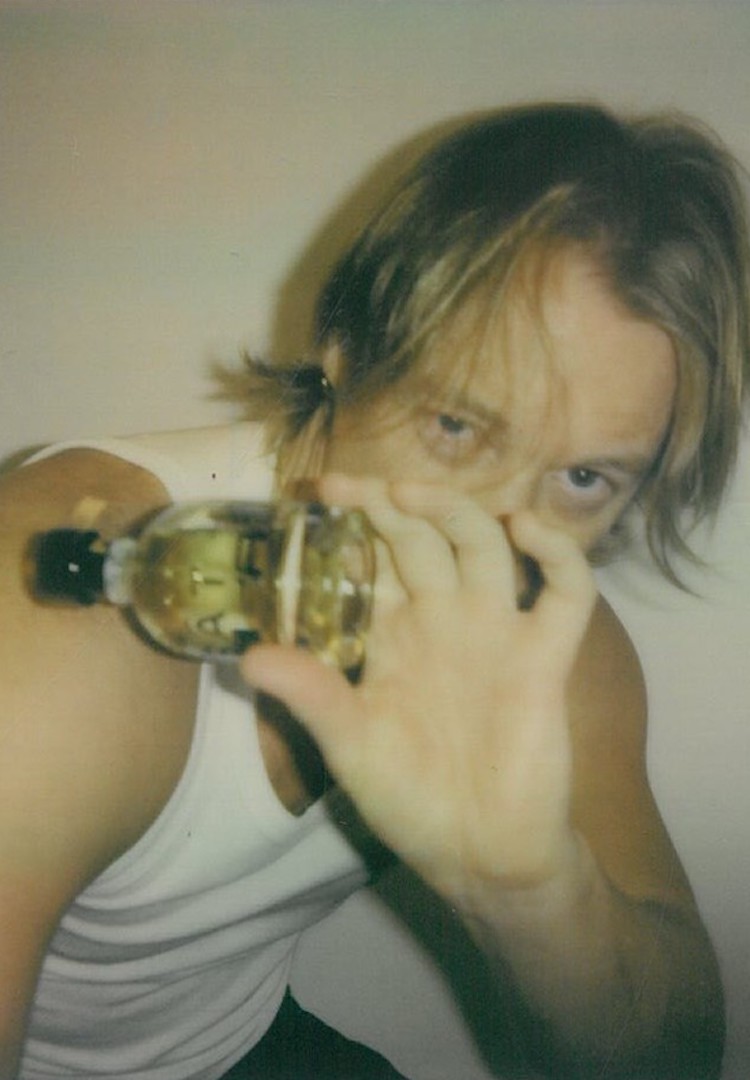I’m a non-binary model, but my body hair is still photoshopped out of campaigns
WORDS BY JONTI RIDLEY
“My dark arm hair had received a once over with the blur tool and my snail trail was eradicated completely.”
Imagine you go to a bakery and order a lemon meringue tart. This particular bakery is known far and wide for these incredibly light and zesty treats – in fact, it’s all they sell. You make the drive, arrive at the bakery and order one. Afterwards, you complain to the staff because it doesn’t look, taste or smell like apple pie.
What you really wanted was apple pie, but instead, you specifically sourced a lemon meringue tart because everyone was talking about these damn delectable tarts. Confused? Me too, but this is what happens all too frequently as an openly non-binary model and content creator. I haven’t lost all my marbles just yet I assure you, just hear me out.
For more content like this, browse through our Life section.
In recent years, we’ve been fortunate to see a rise in representation of the LGBTQIA+ community in mainstream media, particularly non-binary folk. It goes without saying that there’s a very long way to go to represent our diverse community across the globe.
But in the last few years, I’ve had the immense privilege of being brought to tears more than once by non-binary characters and models that make me feel seen. As someone who didn’t come across the term non-binary until their late teens, I feel so happy knowing future generations of genderfluid and genderqueer people will have such a broad exposure to LGBTQIA+ characters and creators.
However, this content is continuously and infuriatingly filtered through binary gender stereotypes and beauty ideals, which is where the tart and pie come in. As an assigned female at birth (AFAB) person, I often get mistaken for apple pie. For the record, I love apple pie. Me and her go way back and I think she’s marvellous.
I’m just a different kind of dessert, and they’re more along the crispy bottom, zesty centre and whipped fluffy dollop variety. As a proud lemon meringue tart, I can’t tell you the times I’ve been booked as such, only to be punished for not being an apple pie.
I’ve always had a complex relationship with my body hair – like most AFAB people I was bombarded with messaging that told me I needed to be as hairless as possible to be ‘feminine’ and desirable.
As a pasty person with very dark body hair, I have been blessed with head-to-toe body hair. I’m not talking peach fuzz, this is a rambutan-like pelt. Growing up, I did everything I could to desperately remove it anywhere someone might see it, and was horrifically embarrassed at the thought of someone seeing a stray chest hair or a patch of missed ass fur.
Now, with a better understanding of gender dysphoria, I understand this extreme panic was rooted in my anxiety of being identified as some kind of ‘female imposter’. Gender identity aside, being shamed for having body hair through your adolescence really does a number on you.
When my online platform began to grow, I started talking about my gender identity more and more. I decided it was really important to use what reach I had to be loud and proud about who I am, including my gender, sexuality and neurodivergency.
It’s less main character syndrome and more, ‘Holy shit I can’t believe I even have the opportunity and I need to make the most of it while it lasts’. In the last few years, I’ve made a considered effort to unpack my body hair trauma, and committed to experimenting with letting some of it grow out. Teenage me would be screaming, crying and vomiting at the thought.
My preferences come and go, but the one I’ve had the biggest reconciliation with is my snail trail. Despite years of laser, waxing, tweezing and hair removal cream, that sucker returned (much to my adolescent disdain).
Frankly, I’m relieved it did, because the gender euphoria those stragglers give me is my new untapped source of serotonin. But despite the increase in awareness, I feel increasingly frustrated by the narrow representation of non-binary people in the media. Often, I feel like I’m expected to look like a hyper-femme doll or an androgynous genderless alien.
And there’s absolutely nothing wrong with either of these identities and aesthetics, but both come with the expectation of hairlessness. In recent years I was cast in a campaign I was really excited to join. Despite being misgendered on set more than once, which frankly I’ve come to expect, I was still buzzing at the opportunity to be included.
Given it was made oh so clear to me I was very likely the gender diversity hire, I kept my belly hair for the shoot. There was no specific hair removal request on the casting sheet with vague requests of ‘clean and tidy grooming’ (which as an AFAB model means you better spend the night prior shaving every inch of yourself).
Although I was scared about the broader public reaction to the campaign, I knew I would be betraying myself by removing the small patch of hair simply to comply or blend in.
The discomfort around my body hair was apparent on set – even through the fog of autism I knew I’d thrown off the vibe by not meeting their hairless expectations. And lo and behold, come publication day there wasn’t a stray hair to be found.
My dark arm hair had received a once over with the blur tool and my snail trail was eradicated completely. It’s an interesting situation given, yes, they’re entitled to edit their images to whatever beauty ideals they see fit; whether it’s retouching someone’s skin or the elimination of body hair.
But I can’t help but ponder the last time I saw an assigned male at birth (AMAB) person’s body hair removed? If the objective was soft, smooth, hairless women, that’s who should’ve been on the casting list.
Picking and choosing what elements of non-binary people suit your brand while removing elements of them to conform to mainstream cis beauty ideals is like changing your rainbow Pride display picture back to monochrome on July 1st.
Actively recruiting and selecting non-binary people that look visibly queer to appeal to the queer market, only to photoshop them to look like their assigned gender at birth is deeply problematic. Put simply, it’s performative inclusion that only reinforces harmful gender stereotypes while invalidating non-binary identities.
If brands want to call themselves allies to the LGBTQIA+ community, they can start with getting our pronouns right. If they want to embrace our community and campaign for change and reform, they need to show up and do the work.
If they want to use our bodies and faces to paint a rainbow-washed picture, the least they can do is keep their editing and cis censorship off our bodies. Despite their delicious similarities, lemon meringue tarts and apple pie simply aren’t the same dessert.
Ordering one and expecting the other is a recipe for everyone feeling invalidated, used and disappointed. If you hire me, or another AFAB non-binary person, and expect apple pie, you’ll find yourself with nothing but a sour taste in your mouth.
To find out more about the significance of body hair, head here.

